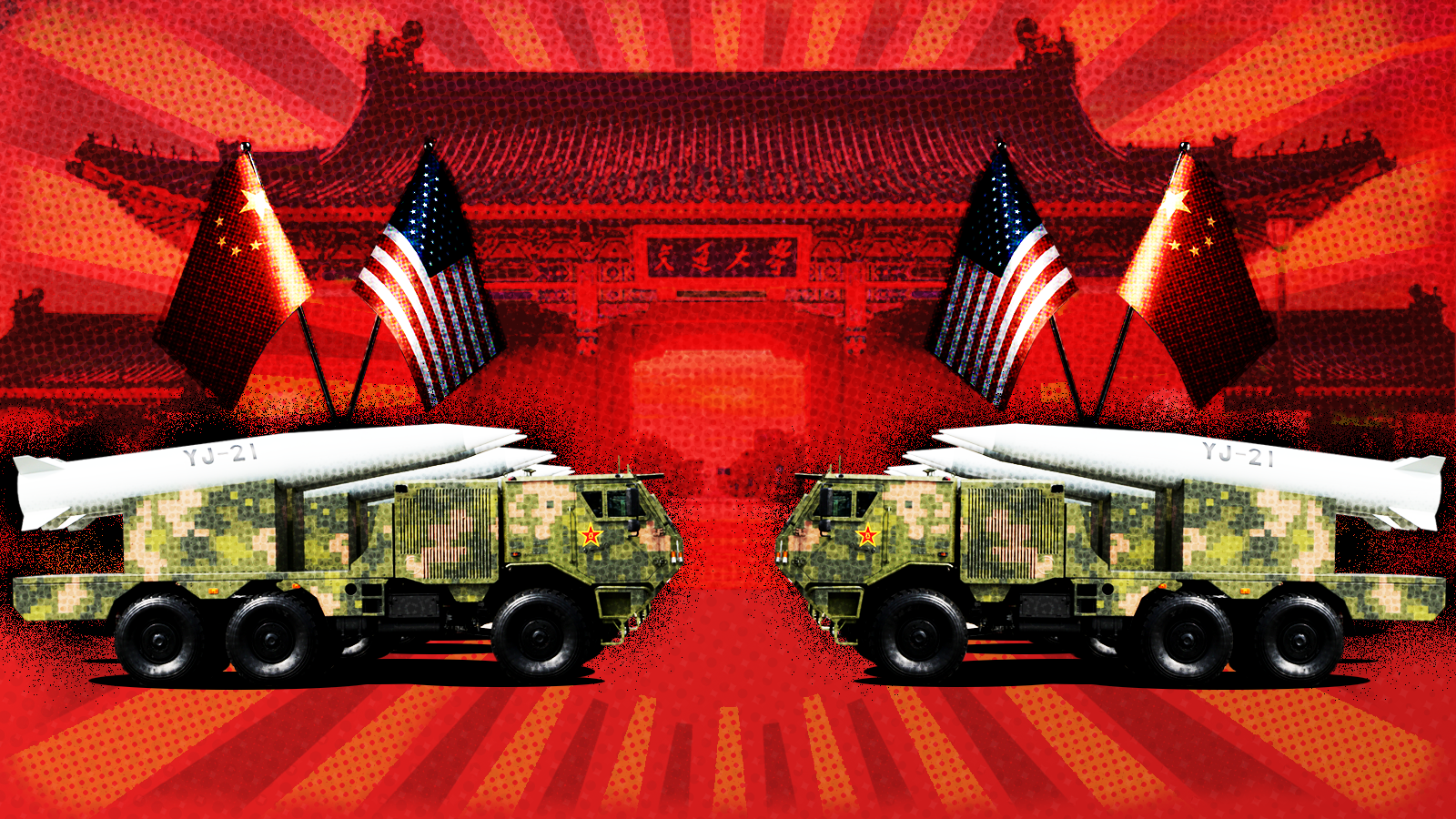A new presidential memorandum lays out a major Trump administration expansion of restrictions on outbound investments in China and other named countries.
The plan outlined in the memorandum and an accompanying fact sheet, which build on the outbound investment rule that took effect Jan. 2, would significantly ramp up compliance responsibilities. It also represents a shift in tone.
The memorandum “uncharacteristically calls out China as an adversary,” said Deborah Curtis, a partner at Arnold and Porter, and it signals that any Chinese investment in key U.S. sectors could be blocked, too.
Backstory: The Biden administration first introduced the outbound investment rule, otherwise known as the Outbound Investment Security Program (OISP), under an executive order in 2023. The OISP established new controls on U.S. investments (whether direct or indirect) in “countries of concern” that develop critical technologies.
So far, it only has applied to China, Hong Kong and Macau, with the goal of preventing U.S. capital and expertise from enabling China’s military and strategic advancements. Now, the Trump administration appears to be picking up the baton to run with it.
“Restriction on outbound investment is a prime example of how Trump is doubling down on a Biden-era national security restriction that was viewed by many as a bridge too far from a policy perspective in the first round,” Curtis said.
Expanding the adversaries list: Part of “doubling down” meant expanding the list of “foreign adversaries” under extra scrutiny. In addition to China, Hong Kong and Macau, the White House memorandum last week also named Cuba, Iran, Russia, North Korea and Venezuela.
The memorandum outlines additional expansions and proposals, including:
The risks: The outbound investment rule introduces significant compliance risks, particularly because of its broad “knowledge standard,” which holds investors accountable for both direct and indirect exposure to restricted technologies.
Compliance functions must navigate evolving regulatory expectations, ensuring due diligence processes effectively by identifying and assessing risks tied to covered investments in countries of concern. Failure to properly assess transactions—or overlooking red flags—could result in enforcement actions or financial penalties.
The plan outlined in the memorandum and an accompanying fact sheet, which build on the outbound investment rule that took effect Jan. 2, would significantly ramp up compliance responsibilities. It also represents a shift in tone.
The memorandum “uncharacteristically calls out China as an adversary,” said Deborah Curtis, a partner at Arnold and Porter, and it signals that any Chinese investment in key U.S. sectors could be blocked, too.
Backstory: The Biden administration first introduced the outbound investment rule, otherwise known as the Outbound Investment Security Program (OISP), under an executive order in 2023. The OISP established new controls on U.S. investments (whether direct or indirect) in “countries of concern” that develop critical technologies.
So far, it only has applied to China, Hong Kong and Macau, with the goal of preventing U.S. capital and expertise from enabling China’s military and strategic advancements. Now, the Trump administration appears to be picking up the baton to run with it.
“Restriction on outbound investment is a prime example of how Trump is doubling down on a Biden-era national security restriction that was viewed by many as a bridge too far from a policy perspective in the first round,” Curtis said.
Expanding the adversaries list: Part of “doubling down” meant expanding the list of “foreign adversaries” under extra scrutiny. In addition to China, Hong Kong and Macau, the White House memorandum last week also named Cuba, Iran, Russia, North Korea and Venezuela.
The memorandum outlines additional expansions and proposals, including:
- Broadening restrictions on investments beyond artificial intelligence, quantum and semiconductors, to cover sectors like biotech, aerospace and advanced manufacturing.
- Using blocking sanctions or investment restrictions to limit U.S. capital from supporting China’s military-industrial sector.
- Establishing a “fast-track” process for investors from allied countries, while mandating due diligence in sensitive sectors to prevent partnerships with foreign adversaries.
- Potentially expanding restrictions on private equity, venture capital, greenfield investments and publicly traded securities, which could also impact pension funds, university endowments and limited partnerships.
The risks: The outbound investment rule introduces significant compliance risks, particularly because of its broad “knowledge standard,” which holds investors accountable for both direct and indirect exposure to restricted technologies.
Compliance functions must navigate evolving regulatory expectations, ensuring due diligence processes effectively by identifying and assessing risks tied to covered investments in countries of concern. Failure to properly assess transactions—or overlooking red flags—could result in enforcement actions or financial penalties.







